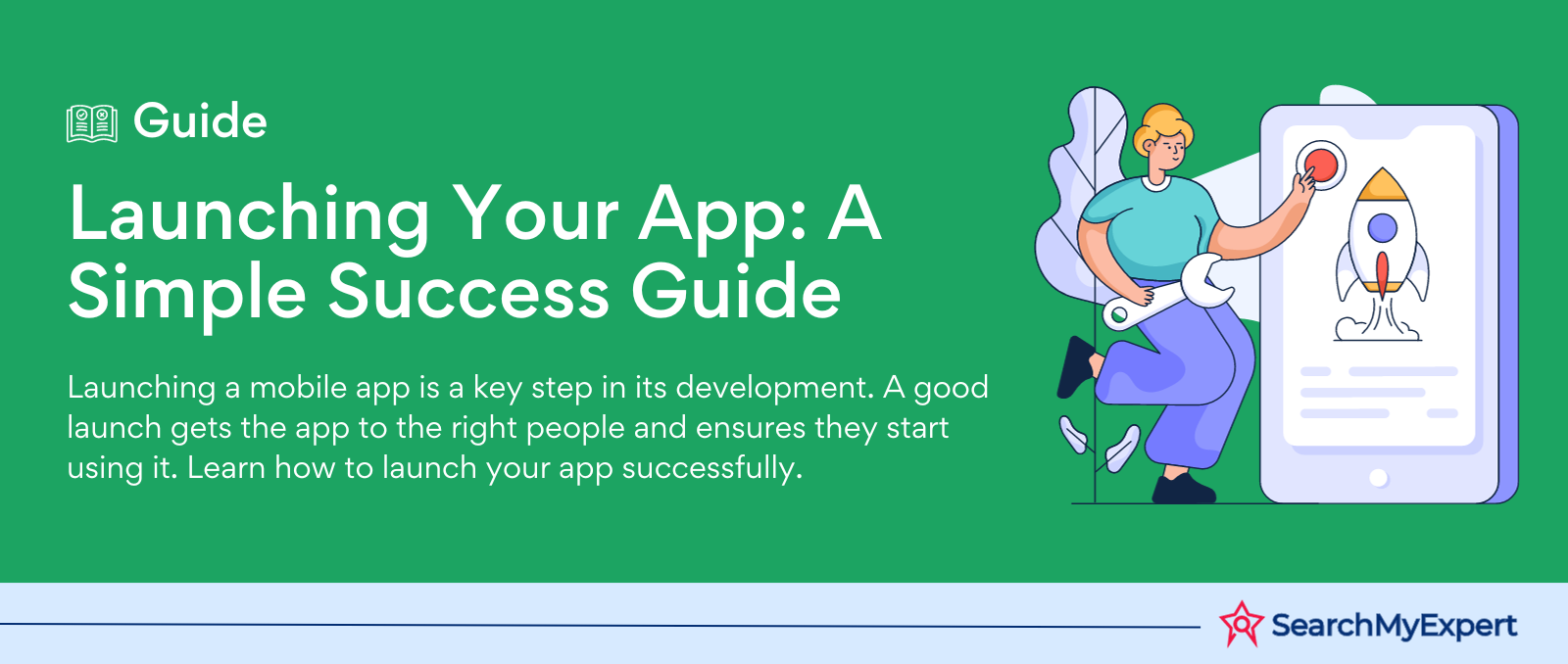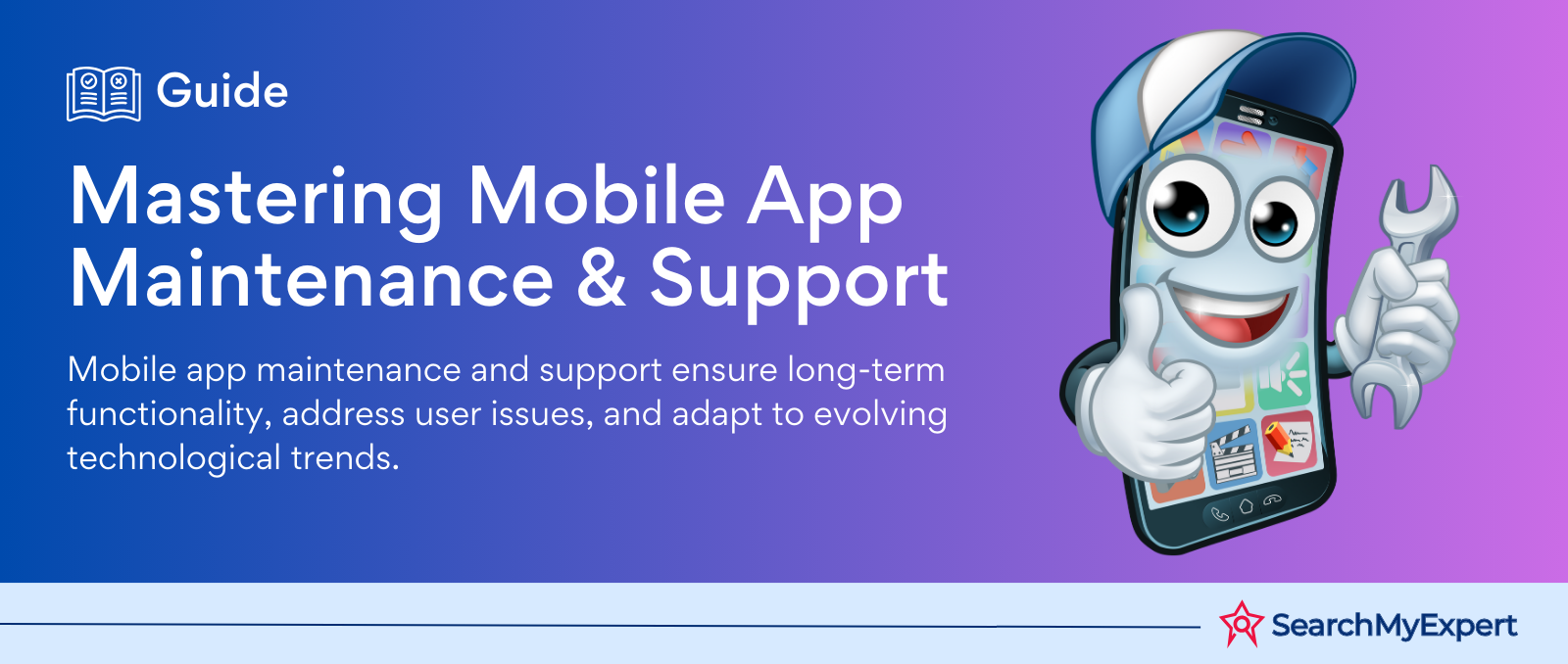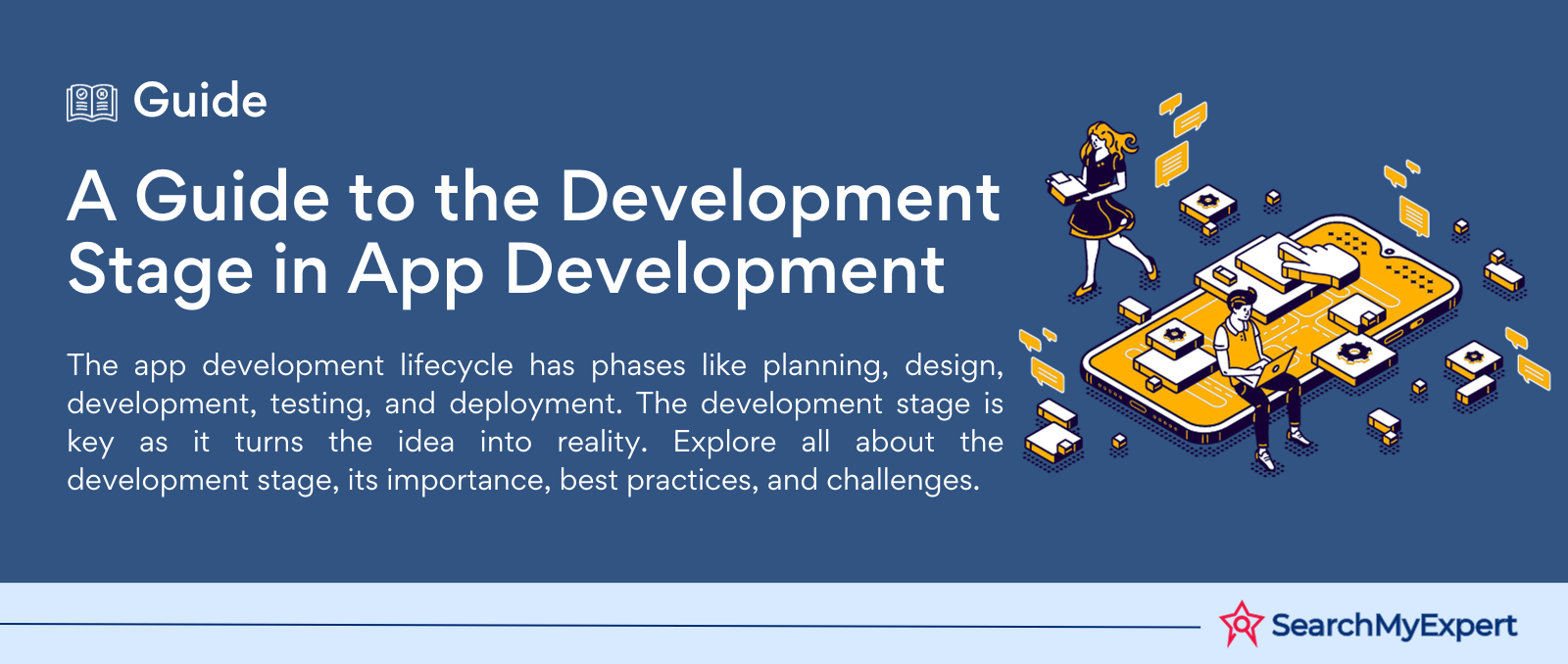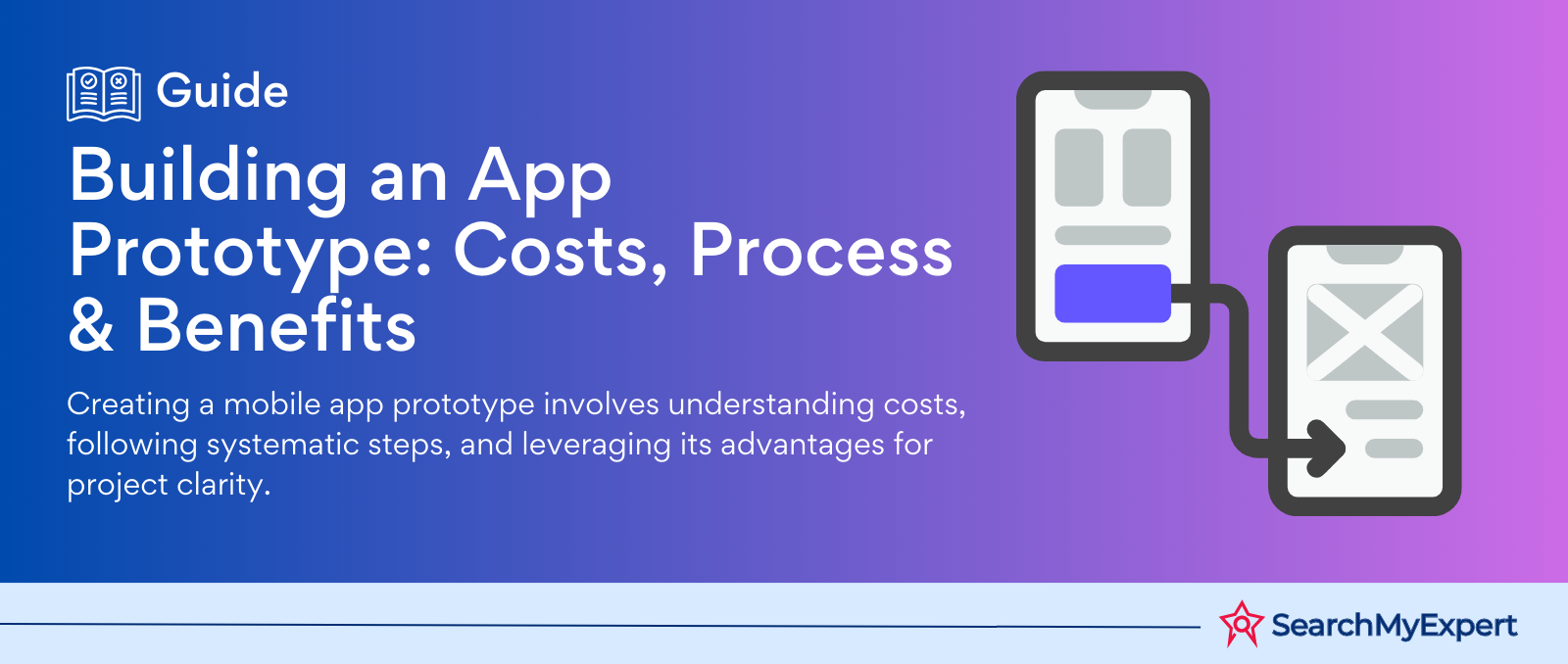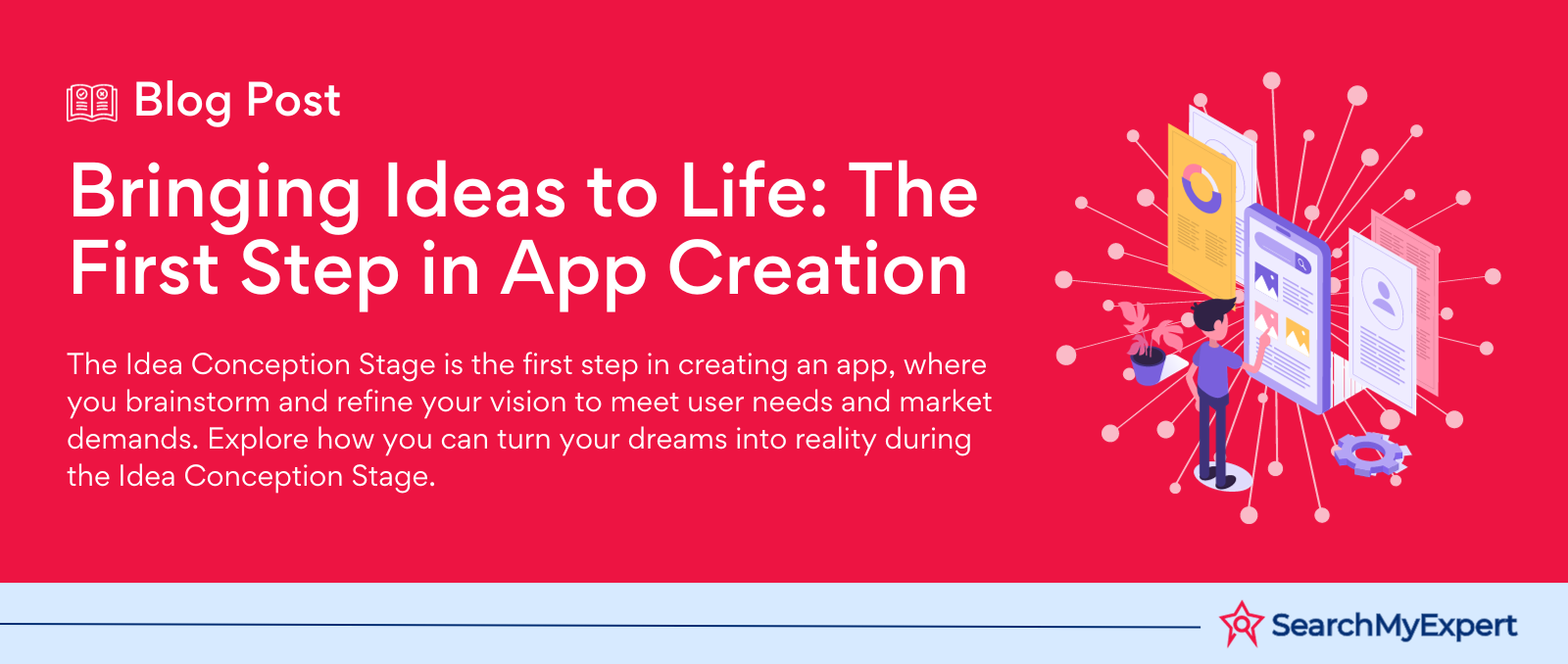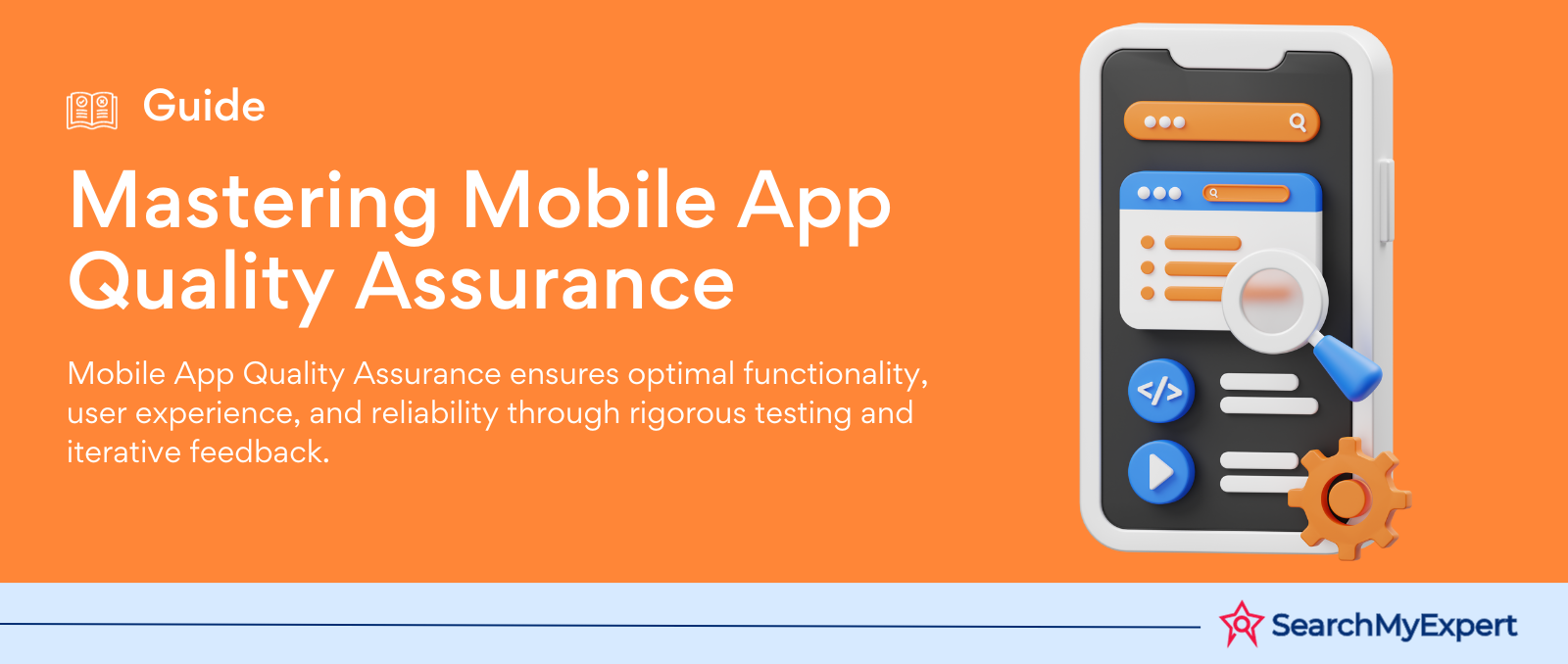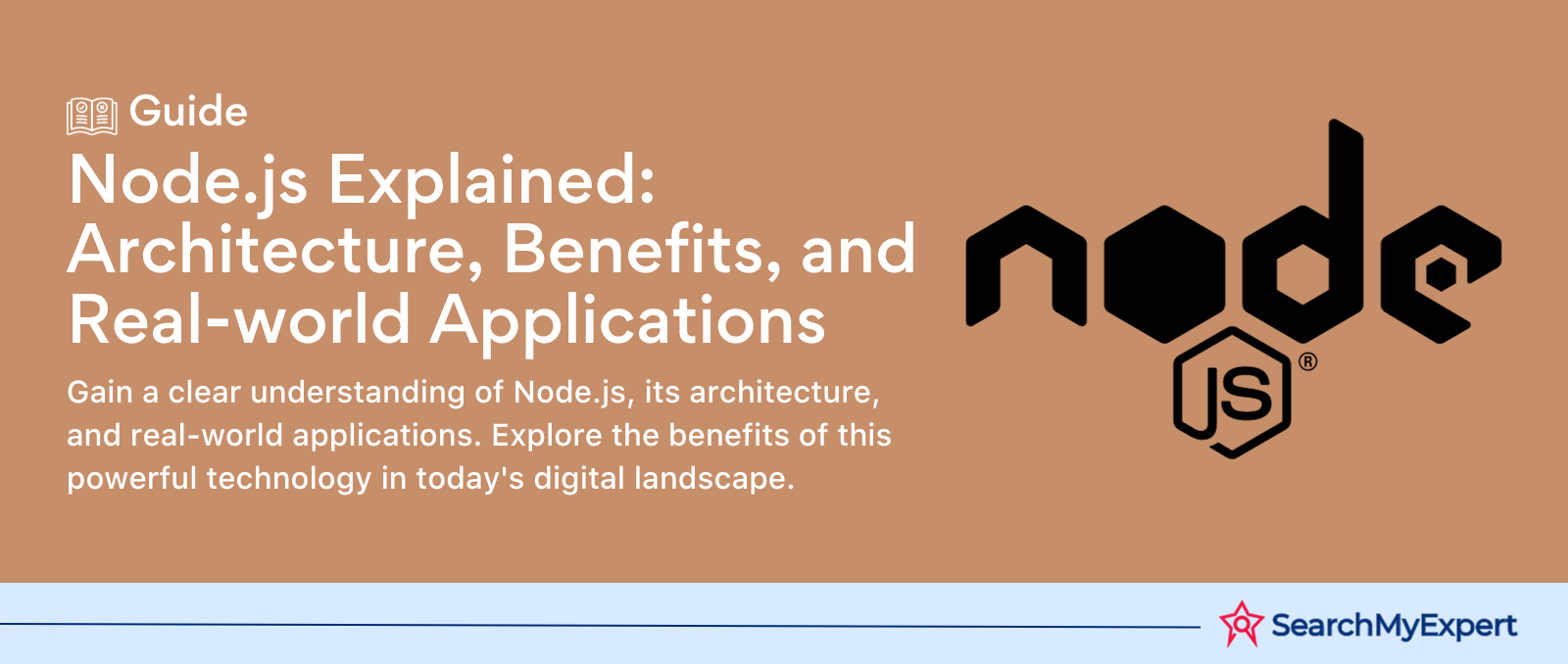Comparing Django, Flask, and FastAPI as Python Web Frameworks
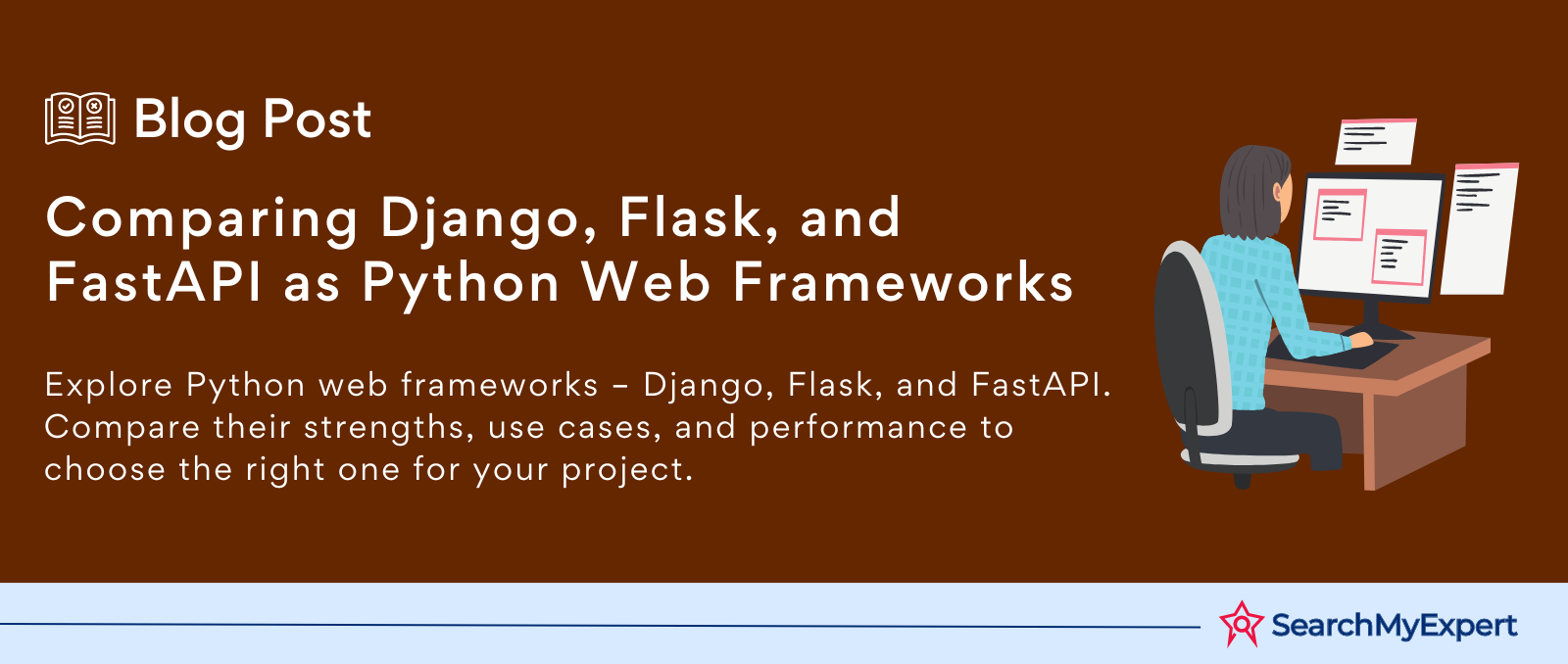
The Power and Potential of Python Web Frameworks: Navigating the Landscape
In today’s fast-paced digital world, the development of web applications has become a cornerstone for businesses and individual developers alike. Central to this development process are web frameworks, tools that have revolutionized the way web applications are built. In this introduction, we delve into the realm of Python web frameworks, exploring their varied forms, benefits, and the leading frameworks that are shaping the future of web development.
Defining Web Frameworks and Their Advantages
Web frameworks are software libraries designed to support the development of web applications, including web services, web resources, and web APIs. They provide a standard way to build and deploy web applications on the World Wide Web. Python, known for its simplicity and readability, offers several web frameworks, each with unique features and benefits:
- Simplified Development Process: Web frameworks streamline the development process, handling many of the complexities of web development, such as URL routing, input form handling, and database interaction.
- Consistency and Structure: They provide a structured environment, encouraging developers to follow best practices and maintain consistency in their code.
- Security Features: Many frameworks come equipped with security features that protect against common vulnerabilities like SQL injection and cross-site scripting (XSS).
- Scalability and Flexibility: Web frameworks are designed to accommodate growth, allowing for the scalable development of applications from small to large-scale projects.
Exploring the Python Web Framework Landscape
Python’s versatility extends to its range of web frameworks, catering to different development needs. These frameworks can be broadly categorized into two types:
Full-Stack Frameworks: These are all-encompassing frameworks that provide complete support for web development. This includes everything from the front end (HTML, CSS, JavaScript) to the back end (database management, server-side logic). Examples include:
- Django: Renowned for its “batteries-included” approach, Django offers a wide array of built-in features for rapid development.
- Pyramid: Known for its flexibility, it allows developers to choose their database, URL structure, templating style, and more.
Microframeworks: In contrast, microframeworks are lightweight and offer the bare minimum tools to get a web application up and running. They are ideal for simpler applications and for developers who prefer to have more control over the components they use. Examples include:
- Flask: Flask is celebrated for its simplicity and fine-grained control, making it a popular choice for small to medium-sized applications.
- Bottle: It is another microframework, known for being lightweight and easy to use, suitable for building simple personal applications.
Navigating the Python Web Framework Terrain
When selecting a Python web framework for your project, it’s crucial to consider various factors that influence your development experience and the end product's performance. Each framework has its strengths and challenges, and understanding these aspects can significantly impact your choice. Here, we provide a comprehensive comparison of key factors across popular Python web frameworks.
Functionality: The Core Features at a Glance
The functionality of a web framework is critical to its capability to handle various development tasks. Key features to compare include:
- Routing: How the framework maps URLs to the corresponding code.
- Templating: The ease of creating dynamic HTML pages.
- Database Access: Support for different databases and ease of database integration.
- Security: Built-in mechanisms to protect against common vulnerabilities.
Django, for instance, offers robust ORM (Object-Relational Mapping) for database access, while Flask allows more flexibility in choosing ORM tools.
Ease of Use: Developer Experience Under the Microscope
The learning curve, code complexity, and overall developer experience are crucial:
- Learning Curve: Full-stack frameworks like Django might have a steeper learning curve compared to microframeworks like Flask.
- Code Complexity: Microframeworks often result in more code, as they require manual integration of additional components.
- Developer Experience: Django’s “batteries-included” approach can simplify the development process, while Flask offers more control and customization.
Performance: Speed, Scalability, and Efficiency
Performance is evaluated based on:
- Speed: How quickly the framework processes requests.
- Resource Utilization: The efficiency in using system resources.
- Scalability: The ability to handle increasing workloads effectively.
Frameworks like Pyramid and Flask may offer better performance for smaller applications due to their lightweight nature.
Community & Support: The Backbone of Framework Success
A strong community and support system is vital for continuous learning and troubleshooting:
- Community Size: Larger communities, as seen with Django, often provide more extensive resources and support.
- Documentation Quality: Comprehensive and up-to-date documentation is essential for ease of learning and use.
- Active Development: Regular updates and active development indicate a healthy framework lifecycle.
Security: Safeguarding Your Web Applications
Comparing built-in security features is essential:
- Built-in Security Features: Frameworks like Django have strong security features out of the box.
- Vulnerability Management: The responsiveness of the framework’s community and developers to address vulnerabilities.
- Best Practices: The extent to which the framework encourages secure coding practices.
Flexibility & Customization: Tailoring to Specific Needs
The adaptability of a framework to specific project requirements is crucial:
- Adaptability: How well the framework can be tailored to fit unique project needs.
- Extensibility: The ability to extend the framework with plugins and additional modules.
Microframeworks like Bottle offer high customization but may require more setup time.
Maturity & Stability: Trust and Reliability Factors
The age, update frequency, and reliability of a framework are important:
- Framework Age: Older frameworks like Django have a proven track record.
- Release Cycles: Regular releases indicate active maintenance and feature upgrades.
- Bug Fixing Track Record: The speed and efficiency with which known issues are resolved.
Decoding Python’s Top Web Frameworks: An In-Depth Comparative Analysis
Python's web development ecosystem is rich and varied, boasting several prominent frameworks, each with unique features and capabilities. In this section, we focus on comparing some of the most popular frameworks: Django, Flask, and FastAPI. By presenting a comprehensive table, we highlight key feature comparisons and discuss the strengths and weaknesses of each framework across different categories.
Django: The All-Inclusive Giant
Strengths:
- Comprehensive: Offers a "batteries-included" approach, which makes it ideal for developers looking for an all-encompassing solution.
- Admin Interface: Comes with a powerful, autogenerated admin interface for handling backend operations.
- Scalability: Well-suited for large-scale applications.
Weaknesses:
- Complexity: Can be overkill for small, simple projects.
- Flexibility: While customizable, it follows the "Django way", which can be restrictive.
Flask: The Minimalist’s Dream
Strengths:
- Simplicity: Excellent for beginners due to its straightforward and easy-to-understand nature.
- Flexibility: No restrictions on database or ORM, offering greater freedom.
- Lightweight: Ideal for small to medium-sized applications and microservices.
Weaknesses:
- Scalability: May require additional tools and configurations for larger applications.
- Built-in Features: Lacks some of the more comprehensive features of full-stack frameworks.
FastAPI: The Modern and High-Performance Choice
Strengths:
- Performance: Extremely fast and efficient, thanks to its asynchronous programming capabilities.
- Data Validation: Automatic request data validation and serialization.
- Modern: Built for Python 3.6+, leveraging the latest language features.
Weaknesses:
- Community Size: While growing, the community is smaller compared to Django and Flask.
- Maturity: Being newer, it might not have the same level of third-party integrations and resources.
Tailoring Your Choice: Framework Selection for Varied Web Applications
In the realm of web development, the suitability of a Python web framework largely depends on the nature and requirements of the project at hand. Different types of web applications, from Content Management Systems (CMS) to APIs and complex platforms, demand specific features and capabilities from a framework. Based on our previous comparison, let's match specific use cases to the most suitable frameworks and provide targeted recommendations.
Content Management Systems (CMS)
Ideal Framework: Django
- Why Django: Its robust structure, comprehensive feature set, and powerful templating engine make it well-suited for developing complex CMS platforms. The Django admin interface is particularly beneficial for CMS development.
- Recommendation: Best for developers who need an all-in-one framework with extensive built-in functionalities.
Application Programming Interfaces (APIs)
Ideal Framework: FastAPI
- Why FastAPI: Known for its high performance and easy-to-use asynchronous capabilities, FastAPI is excellent for developing modern, efficient APIs. It also provides automatic interactive documentation.
- Recommendation: Suitable for developers working on cutting-edge applications requiring high performance and modern Python features.
Small to Medium-Sized Applications
Ideal Framework: Flask
- Why Flask: Flask’s simplicity and flexibility make it perfect for smaller applications. Its lightweight nature allows for quick development without the overhead of more comprehensive frameworks.
- Recommendation: Ideal for beginners or developers working on smaller projects that need a quick, straightforward development process.
Large-Scale, Complex Platforms
Ideal Framework: Django
- Why Django: For large-scale applications requiring robust functionality, Django’s extensive features, scalability, and security measures are invaluable. It can handle complex data operations and high traffic efficiently.
- Recommendation: Recommended for experienced developers building complex, data-driven web applications.
Real-Time Applications
Ideal Framework: FastAPI
- Why FastAPI: With its support for asynchronous request handling, FastAPI is well-suited for real-time applications, such as chat applications or live updates.
- Recommendation: Suitable for developers needing to build high-performance, real-time applications with modern Python.
Microservices and Lightweight Applications
Ideal Framework: Flask
- Why Flask: Flask’s minimalistic approach and flexibility make it a great choice for microservices and lightweight applications, where a full-stack framework is unnecessary.
- Recommendation: Best for developers seeking simplicity and customization in small-scale applications.
Recommendations for Different Skill Levels
- Beginners: Start with Flask due to its simplicity and ease of learning. It provides a gentle introduction to web development concepts without overwhelming new learners.
- Experienced Developers: Depending on the project requirements, Django or FastAPI are excellent choices. Django for a more traditional, full-featured approach, or FastAPI for modern, high-performance applications.
- Specific Project Needs: Choose based on the application type and required features. For high customization and control, Flask is ideal. For built-in features and administrative functionalities, Django is preferable. For high performance and modern APIs, FastAPI is the go-to.
Beyond the Basics: Advanced Considerations in Python Web Frameworks
In the world of Python web development, the choice of a framework extends beyond its immediate features. Advanced considerations such as deployment options, testing tools, integration capabilities, and emerging frameworks play a crucial role in tailoring the development process to specific needs. Furthermore, staying attuned to future trends in web framework development can provide valuable insights for long-term project planning.
Deployment Options and Ease
- Django and Flask generally offer straightforward deployment processes, with support for various hosting platforms like Heroku, AWS, and Google Cloud.
- FastAPI, being relatively new, might require more configuration for deployment but is well-suited for containerized environments like Docker.
Testing Tools and Framework Integration
- Django has a strong testing framework built into it, making it easier to write and run tests.
- Flask and FastAPI are flexible when it comes to integrating with external testing libraries like PyTest, providing a wide range of testing options.
Integration with Other Libraries and Technologies
- All three frameworks, Django, Flask, and FastAPI, offer excellent integration capabilities with other Python libraries, enhancing functionalities like data analysis, machine learning, and more.
- For AI and data-driven applications, FastAPI and Flask might be more suitable due to their lightweight nature and flexibility.
Exploring Niche Frameworks for Specialized Needs
While Django, Flask, and FastAPI dominate the landscape, other frameworks cater to niche requirements:
- Pyramid: Ideal for projects that start small but may grow over time, offering flexibility and scalability.
- Bottle: Suited for building simple, small-scale web applications quickly.
- Tornado: Excellent for long-polling, WebSockets, and other applications that require a long-lived connection to each user.
Synthesizing the Framework Saga: Choosing the Right Python Ally
As we conclude our exploration into Python web frameworks, it becomes clear that the landscape is diverse, each framework offering its unique blend of features, strengths, and limitations. The journey from Django's comprehensive capabilities to Flask's minimalistic charm, and FastAPI's modern efficiency, presents a spectrum of choices for web developers. Let's encapsulate the key takeaways from our comparison and emphasize the criticality of selecting a framework that aligns with your specific needs.
Key Comparison Takeaways
- Functionality and Feature Set: Django stands out for its rich feature set, ideal for complex applications, whereas Flask and FastAPI offer simplicity and modernity, better suited for smaller, performance-focused applications.
- Ease of Use and Learning Curve: Flask emerges as the most beginner-friendly, with Django and FastAPI requiring a deeper dive but offering more extensive capabilities in return.
- Performance and Scalability: FastAPI excels in performance, especially for asynchronous operations, while Django offers scalability for larger projects.
- Community Support and Resources: Django and Flask boast large, established communities, providing a wealth of resources, whereas FastAPI, though newer, is rapidly growing in popularity and support.
- Security and Stability: Django offers robust built-in security features, making it a reliable choice for projects where security is paramount.
The Art of Choosing Wisely
The decision to select a particular Python web framework should not be taken lightly. It requires a balanced consideration of project requirements, team expertise, and long-term maintenance prospects. A framework that aligns well with your project's scale, complexity, and future growth can be the difference between a smooth development experience and a challenging one.
Encouragement for Further Exploration
While this guide provides a foundational understanding, the ever-evolving nature of web development calls for continuous learning and adaptation. Developers are encouraged to delve deeper, experiment with different frameworks, and stay updated with the latest trends and community insights. Remember, the most suitable framework is one that not only meets your current needs but also adapts to future challenges and opportunities.
Appendix: Enhancing Your Framework Knowledge
To supplement our comprehensive comparison of Python web frameworks, this appendix serves as a resource hub. It includes a glossary of technical terms, links to documentation and tutorials, and examples of successful applications built with each framework. This section aims to deepen your understanding and provide practical insights into the world of Django, Flask, and FastAPI.
Glossary of Technical Terms
- ORM (Object-Relational Mapping): A programming technique for converting data between incompatible systems using object-oriented programming languages.
- Asynchronous Programming: A form of parallel programming that allows a unit of work to run separately from the primary application thread, improving application performance and responsiveness.
- API (Application Programming Interface): A set of rules and definitions that allow different software entities to communicate with each other.
- Templating Engine: A tool used to combine templates with a data model to produce result documents.
- URL Routing: The process of defining URLs that a web application can recognize and what code they should trigger.
- Serverless Architecture: A cloud computing execution model where the cloud provider dynamically manages the allocation and provisioning of servers.
Documentation, Tutorials, and Resources
Django:
- Documentation: Django Official Documentation
- Tutorials: Django Girls Tutorial
Flask:
- Documentation: Flask Official Documentation
- Tutorials: Flask Mega-Tutorial by Miguel Grinberg
- Additional Resources: Flask Project Website
FastAPI:
- Documentation: FastAPI Official Documentation
- Tutorials: FastAPI Tutorial - User Guide
- Additional Resources: GitHub Repository for FastAPI
Showcase of Successful Applications
Django:
- Instagram: One of the most popular social media platforms, Instagram uses Django for its backend operations.
- Disqus: A global blog comment hosting service, built with Django for efficient handling of real-time comments.
Flask:
- Pinterest: The web application of this image-sharing and social media platform is powered by Flask.
- LinkedIn: The networking site uses Flask for specific services, particularly for its lightweight and flexible nature.
FastAPI:
- Uber: FastAPI is used in some of Uber’s internal tools for its high performance and ease of use.
- Netflix: Leveraging FastAPI for its scalability and performance in handling backend services.
Conclusion:
In this comprehensive guide, we journeyed through the world of Python's most popular web frameworks: Django, Flask, and FastAPI. Each framework has its unique strengths and ideal use cases, from Django's all-encompassing feature set ideal for complex applications, to Flask's simplicity and flexibility perfect for smaller projects, and FastAPI's modern, high-performance capabilities for cutting-edge applications.
We delved into the key aspects of these frameworks, comparing their functionality, ease of use, performance, community support, and much more. The guide also provided insights into less mainstream frameworks suitable for niche applications and highlighted the importance of considering advanced factors like deployment, testing, and integration.
Empower your business with our
Python Development Service.
share this page if you liked it 😊
Other Related Blogs
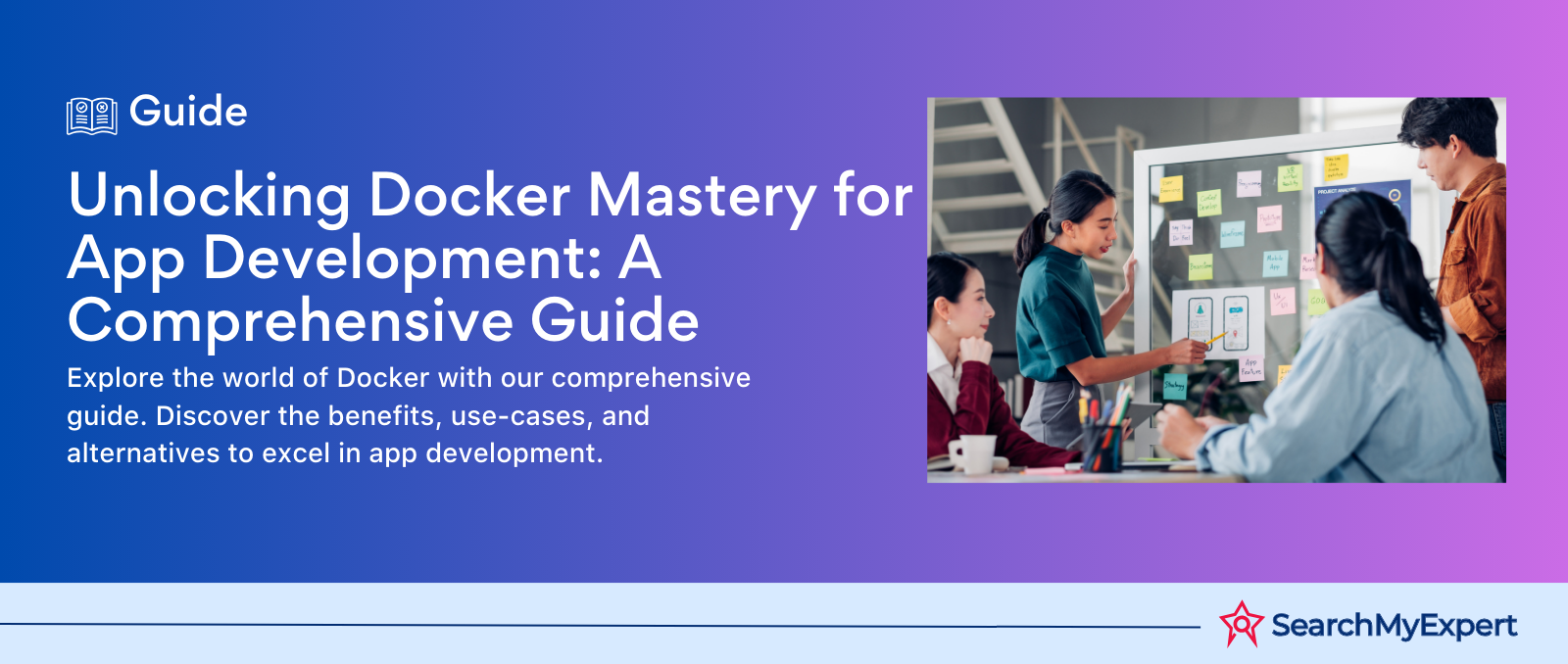
Mastering Docker for App Development: A Comprehensive Guide to Benefits, Use-Cases, and Alternatives
STAY UP TO DATE
GET PATH'S LATEST
Receive bi-weekly updates from the SME, and get a heads up on upcoming events.
Contact Us




